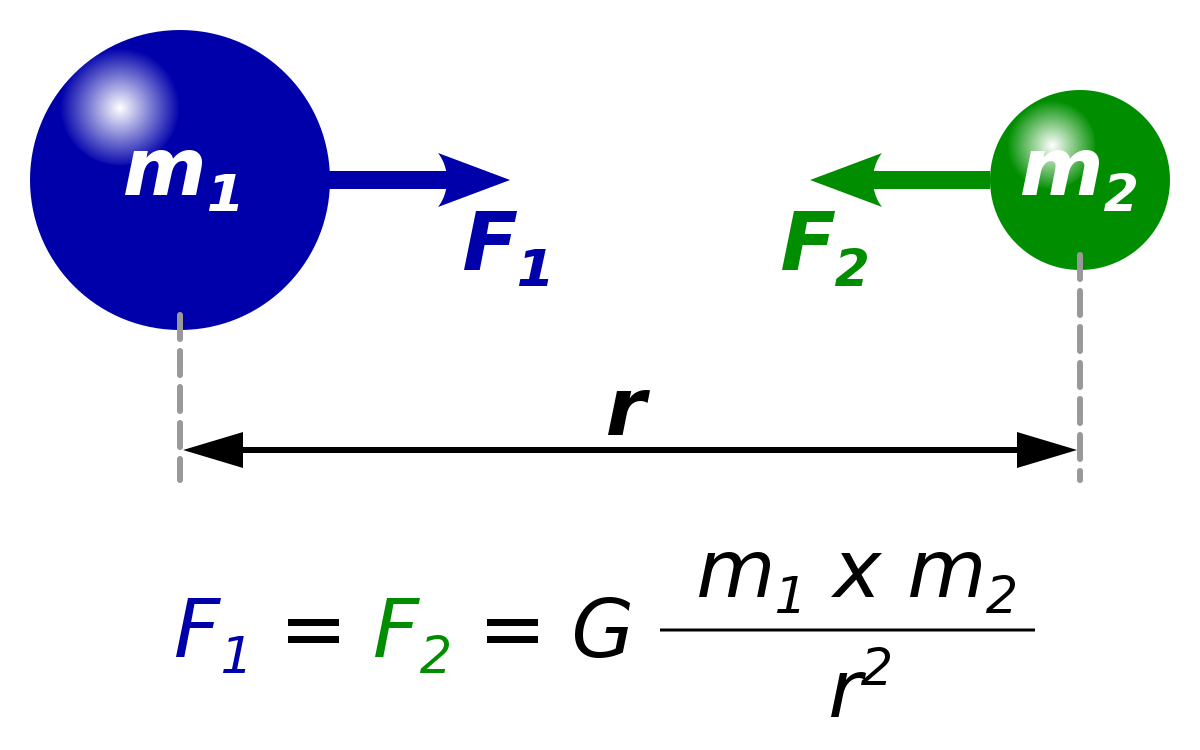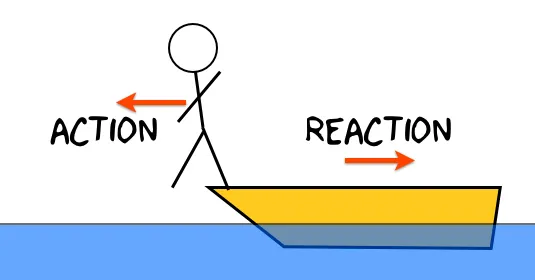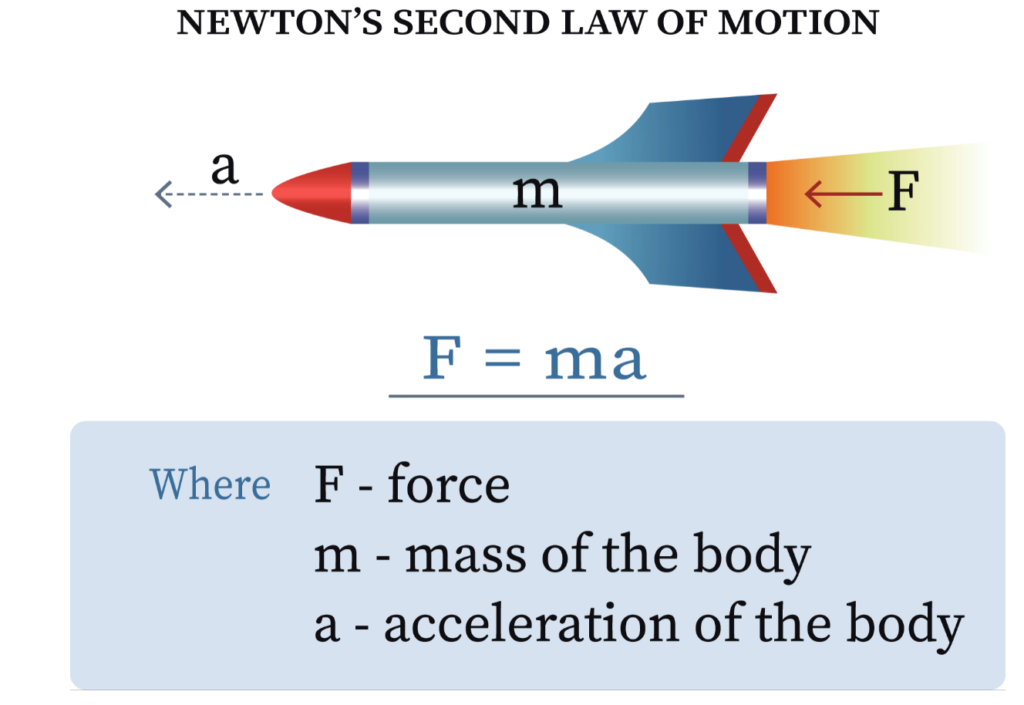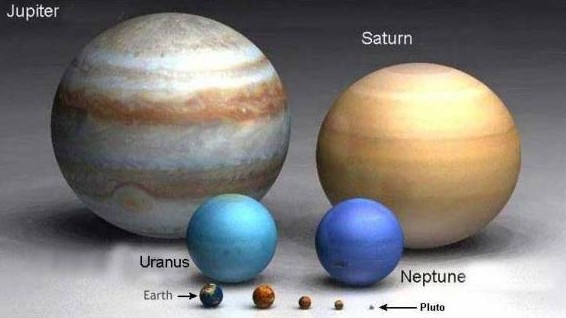Gravity, Matter, & Weight
Have you ever stood on a scale to see how much you weigh? Weight is a measure of how heavy something is. It is affected by the Earth or any other planet that pulls on objects due to their gravity. The more matter an object has, the stronger gravity will pull on it, and as […]









